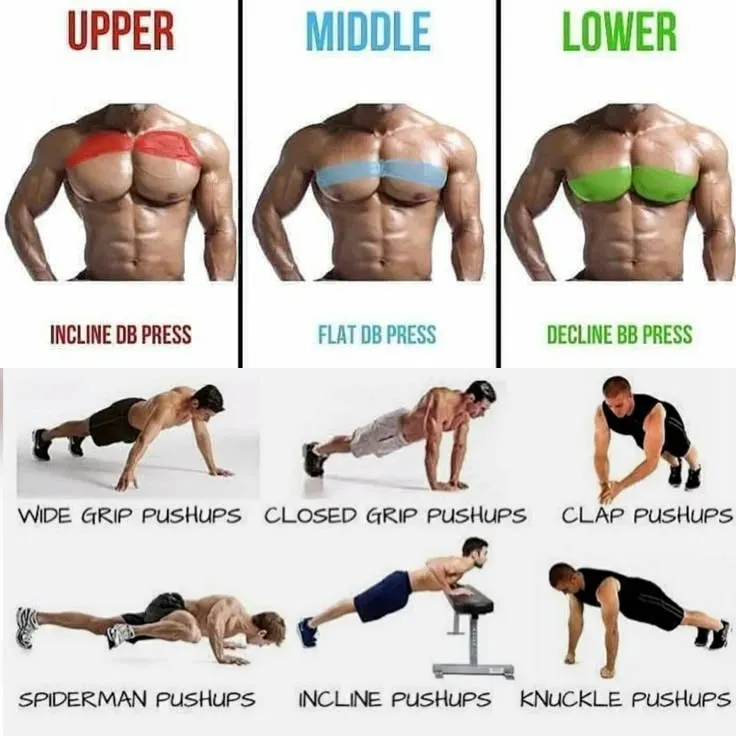Table of Contents
Dreaming of a stronger, more defined chest but the gym membership feels like a distant planet? You're not alone. Plenty of folks want to build impressive pecs without stepping foot outside their front door. The good news? Sculpting a solid chest at home is absolutely achievable, and probably easier than you think. Forget complicated machines and crowded weight racks. This guide cuts through the noise to show you the best way to workout your chest at home using simple, effective methods.
Understanding Your Pecs: The Muscles Behind Your Home Chest Workout
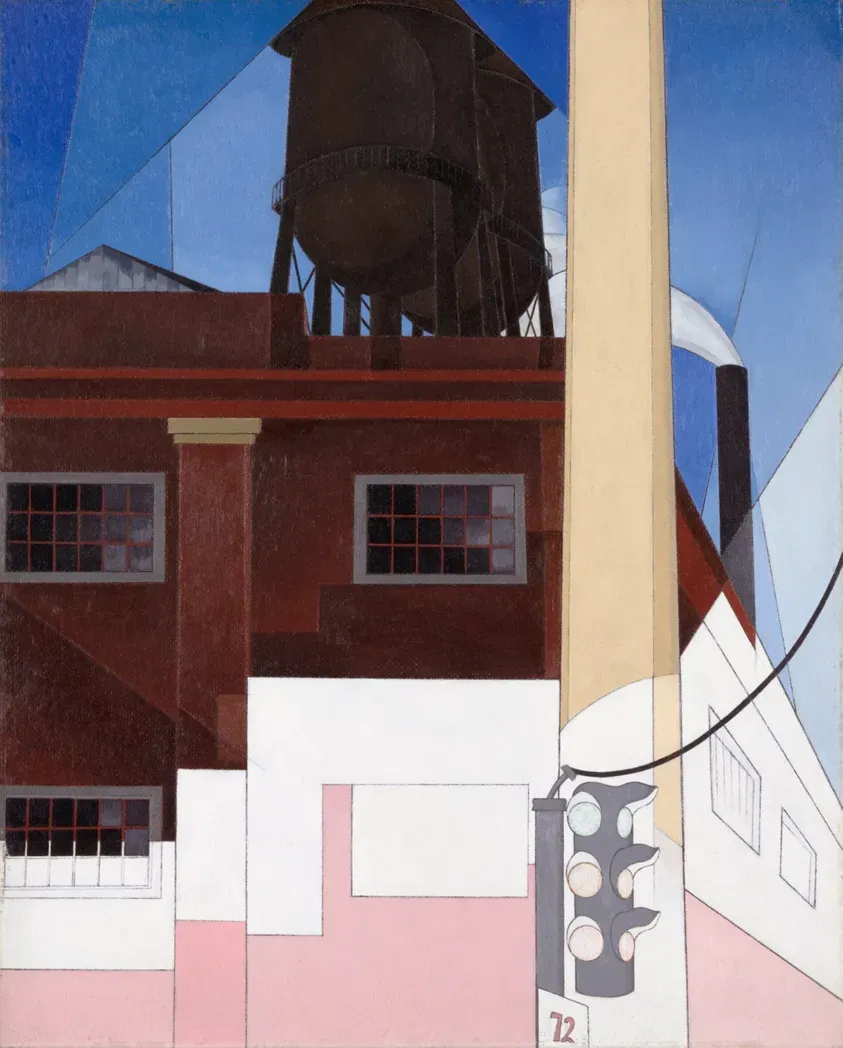
Understanding Your Pecs: The Muscles Behind Your Home Chest Workout
Meet the Pec Major: Your Chest's Powerhouse
before you even think about dropping for a push-up, let's talk about what you're actually working. Your chest isn't just one big slab of meat. The star of the show is the pectoralis major, often just called the pec major. This is the large, fan-shaped muscle that covers most of your upper chest, stretching from your collarbone down to your sternum and attaching to your upper arm bone. Think of it as the primary engine for pushing movements. Whenever you push something away from your body – like opening a heavy door or, you know, doing a push-up – your pec major is doing the bulk of the work. Knowing this helps you understand why certain exercises feel different; you're hitting different fibers within this big muscle.
Don't Forget the Pec Minor: The Unsung Hero Underneath
Hiding just beneath the pec major is its smaller, but still important, partner: the pectoralis minor. This little muscle runs from your ribs up to your shoulder blade. While it doesn't get as much glory (or visual prominence) as the pec major, it plays a crucial role. The pec minor helps stabilize your shoulder blade and assists the pec major in various movements. You can't really isolate the pec minor completely from the pec major during most chest exercises, but its health and strength are key for overall shoulder function and preventing imbalances. Any effective home chest workout will naturally engage both, ensuring a balanced approach.
Here's a quick breakdown:
- Pectoralis Major: Large, primary pushing muscle. Covers upper chest.
- Pectoralis Minor: Smaller, lies underneath pec major. Assists with pushing, stabilizes shoulder blade.
- Key Takeaway: Both muscles work together in chest exercises.
Why Bodyweight is Your Best Friend for Your Best Way to Workout Your Chest at Home
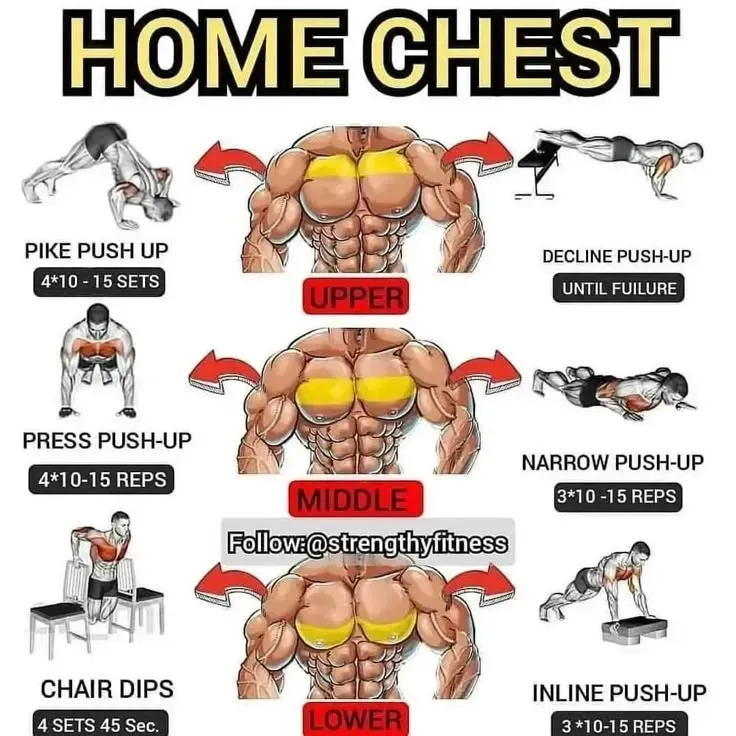
Why Bodyweight is Your Best Friend for Your Best Way to Workout Your Chest at Home
Always Ready, Always Free
Look, the biggest hurdle for many people wanting to build muscle isn't lack of motivation; it's just getting to the gym. Life gets busy. Traffic happens. Membership fees can feel like a punch to the wallet. This is where bodyweight training shines as the best way to workout your chest at home. Your body is your gym, always available, 24/7, at no cost. You don't need fancy equipment or a dedicated space beyond enough room to move. You can literally drop and do push-ups anywhere – your living room, a hotel room, even a park bench if you're feeling adventurous. This accessibility removes excuses and makes consistency, which is king for muscle growth, infinitely easier.
Building a Solid Foundation
Don't let anyone tell you bodyweight isn't effective. Before anyone lifted a barbell, they pushed their own weight. Bodyweight exercises, particularly push-ups in their various forms, are compound movements. This means they work multiple joints and muscles simultaneously – your chest, shoulders, triceps, and even your core get hit hard. This builds functional strength that translates well to everyday life. Mastering the basics with your own weight creates a solid foundation before you even consider adding external resistance. It teaches you body control and proper form, which are crucial for preventing injuries down the line. Think of it as learning to walk before you run.
- Bodyweight Benefits:
- Zero cost
- Always available
- Builds functional strength
- Engages multiple muscle groups
- Teaches body control and form
Progression Without Plates
Just because you're using your bodyweight doesn't mean you can't challenge yourself. The beauty of finding the best way to workout your chest at home with bodyweight is the sheer number of variations available. Can't do a standard push-up yet? Start on your knees or against a wall. Too easy? Elevate your feet, try diamond push-ups to torch your triceps and inner chest, or explode off the floor with plyometric versions. You can manipulate leverage, tempo, and range of motion to constantly increase the difficulty. There's a bodyweight progression for every fitness level, ensuring you keep making gains without needing to buy heavier weights.
Beyond Standard PushUps: Variations for Maximum Gains at Home
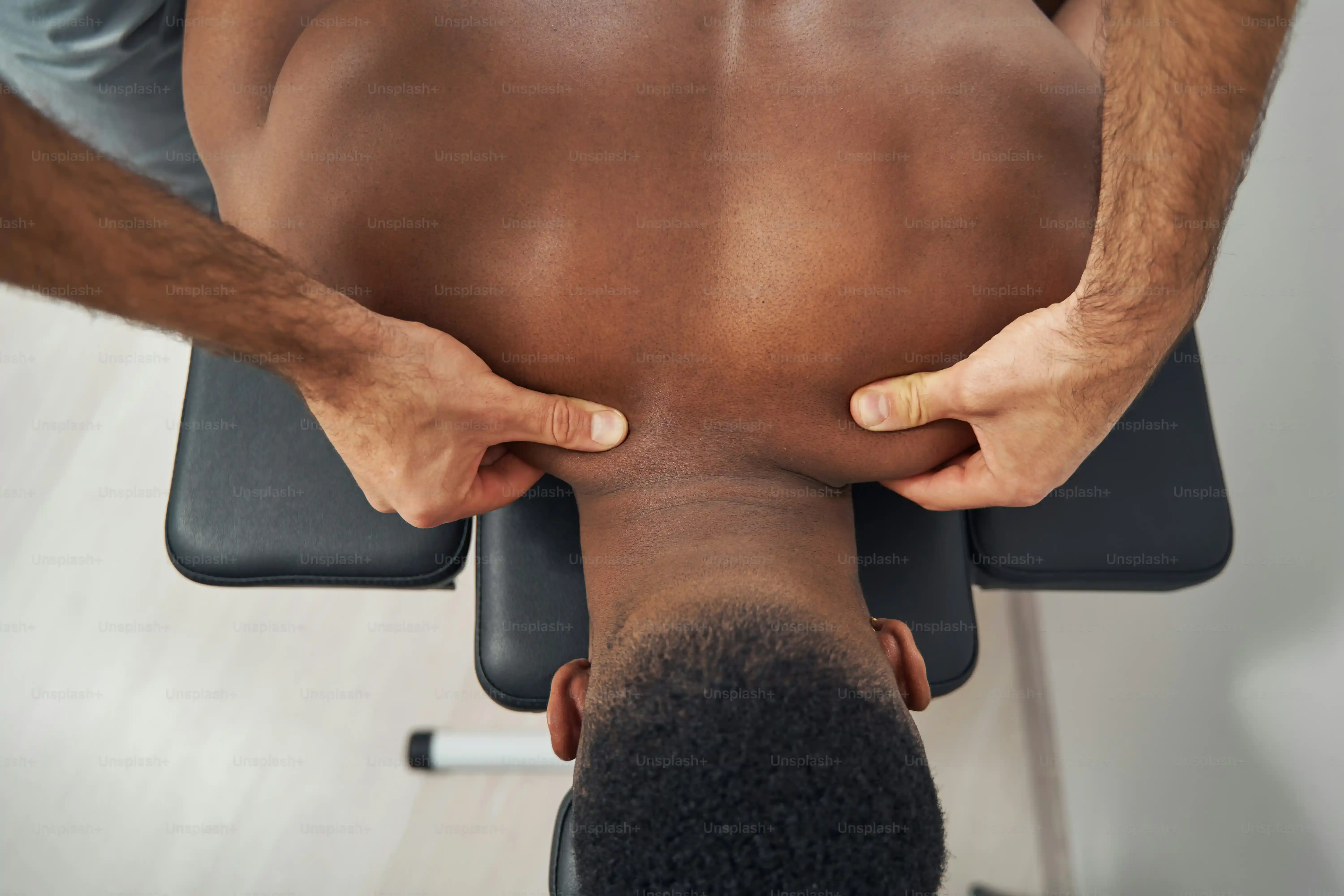
Beyond Standard PushUps: Variations for Maximum Gains at Home
Standard Push-Ups Are Just the Starting Line
you've nailed the standard push-up. You can crank out reps without your nose scraping the floor or your back looking like a sad, sagging bridge. That's fantastic. But if you stop there, you're leaving a ton of potential on the table for the best way to workout your chest at home. Think of the standard push-up as the foundation – essential, yes, but you wouldn't build a skyscraper on just a slab of concrete, would you? To really challenge your chest, hit different muscle fibers, and keep progress from stalling, you need to mix things up. Sticking to one variation forever is like eating plain toast every day; effective for survival, sure, but utterly boring and lacking nutrients. Your chest needs variety to grow, and bodyweight push-up variations offer a buffet of options.
Target Specific Areas with Angles and Hand Placement
This is where the magic happens with bodyweight training for your chest. By simply changing your body angle or hand position, you shift the emphasis on different parts of your pectorals. Want to hit the upper chest, that area near your collarbone that gives you that lifted look? Elevate your feet (decline push-ups). Trying to build the lower chest line? Put your hands on an elevated surface (incline push-ups). Bringing your hands closer together under your chest (diamond push-ups) absolutely torches the inner chest and triceps. Going wider than shoulder-width (wide push-ups) puts more stress on the outer chest. It's like having adjustable weights, but all you need is a piece of furniture or even just the floor.
- Incline Push-Ups: Hands elevated on a bench or chair. Targets lower chest. Easier variation.
- Decline Push-Ups: Feet elevated on a bench or chair. Targets upper chest. More challenging.
- Diamond Push-Ups: Hands close together, thumbs and index fingers touching. Targets inner chest and triceps.
- Wide Push-Ups: Hands wider than shoulder-width. Targets outer chest.
- Archer Push-Ups: Shift weight to one arm while the other extends to the side. Advanced, works one side more intensely.
Add Intensity with Tempo and Explosiveness
Beyond changing your body position, you can also manipulate how you perform the push-up to increase intensity and make it a fantastic part of your best way to workout your chest at home. Slowing down the negative (lowering) phase of the push-up to, say, three or four seconds creates more time under tension, which is crucial for muscle hypertrophy. Pausing at the bottom for a second or two eliminates momentum and forces your muscles to work harder from a dead stop. Feeling strong? Try plyometric push-ups, where you push off the ground explosively, maybe even clapping your hands in between. This builds power and makes the exercise significantly more demanding. Don't get stuck in a rut; play with these variables to keep your chest guessing and growing.
Adding Resistance: Simple Equipment for Your Home Chest Routine
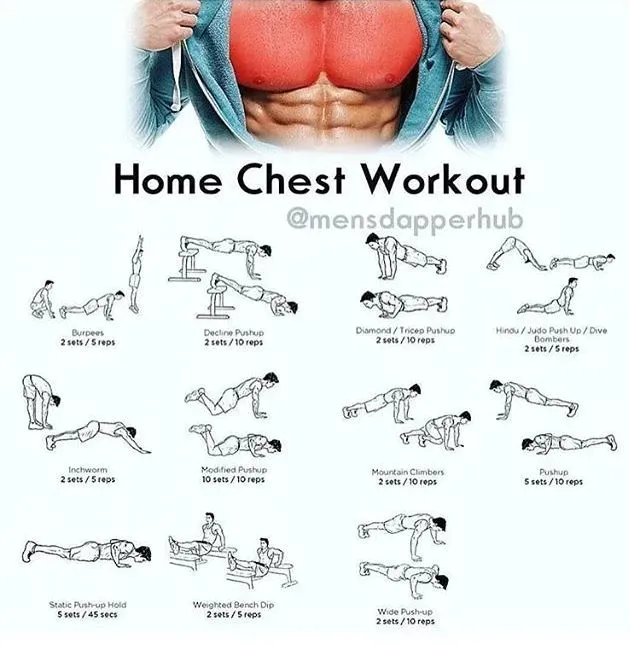
Adding Resistance: Simple Equipment for Your Home Chest Routine
so you've mastered the push-up variations and you're feeling strong. Bodyweight is awesome, truly the foundation, but eventually, you might hit a point where you need a little extra something to keep challenging those pecs for the best way to workout your chest at home. This doesn't mean you need to mortgage your house for a full home gym setup. We're talking simple, affordable tools that can significantly increase the intensity and variety of your home chest workouts. Think of it as leveling up your home gym game without needing a separate room or a personal loan.
Putting It All Together: Crafting the Best Way to Workout Your Chest at Home

Putting It All Together: Crafting the Best Way to Workout Your Chest at Home
Designing Your Weekly Routine
you know your pecs, you're sold on bodyweight, and you've maybe even grabbed some resistance bands or dumbbells. Now, how do you actually string it all together into the best way to workout your chest at home that gets results? It’s not just about doing random exercises. You need a plan, a rhythm. Think about how many times a week you can realistically dedicate to chest work. For most people looking to build muscle, hitting the chest two to three times a week with adequate rest in between is a sweet spot. This allows for muscle protein synthesis (that's the fancy term for muscle repair and growth) to happen.
Don't overcomplicate it when you're starting. A simple approach might involve two different chest workouts you rotate through. Maybe Workout A focuses more on push-up variations, and Workout B incorporates those bands or dumbbells you picked up. The key is consistency. It's far better to do two structured, focused workouts a week than one monster session that leaves you so sore you can't move for days, followed by weeks of doing nothing.
- Frequency: 2-3 times per week
- Rest: Allow at least 48 hours between intense chest sessions
- Structure: Consider 2 different routines to rotate
- Consistency: Non-negotiable for progress
Structuring Your Workout Session
Once you're ready to train, how do you put a single session together? Start with a quick warm-up – maybe some arm circles, light cardio like jogging in place, and dynamic stretches to get blood flowing to the chest and shoulders. Then, move into your main exercises. For each exercise, aim for 3-4 sets. The number of repetitions (reps) per set depends on your goal. If you're focused on building muscle size (hypertrophy), a rep range of 8-15 is generally recommended, pushing close to failure on your last few reps. If pure strength is the aim, lower reps (4-6) with higher intensity (harder variations or more resistance) are better. Rest for 60-90 seconds between sets to allow your muscles to recover enough to perform the next set effectively.
Sequence matters too. It's often best to start with the most challenging exercises or variations when you're freshest. For example, if decline push-ups are tough for you, do those first before moving to incline push-ups or standard ones. Finish your workout with maybe one or two exercises that target specific areas, like diamond push-ups for the inner chest or dumbbell flyes if you have them. This structured approach ensures you get the most out of your effort when finding the best way to workout your chest at home.
What's your go-to warm-up before hitting your chest workout?
Listen, Progress, and Adapt
Here's the real talk: finding the best way to workout your chest at home isn't a one-time discovery; it's an ongoing process. Your body will adapt. What feels challenging now will eventually feel easy. That's when you need to apply progressive overload – the principle of gradually increasing the demand on your muscles. This could mean doing more reps, adding sets, using a harder push-up variation, shortening rest times, or adding resistance. Log your workouts! Knowing what you did last time helps you know how to push a little harder this time. If you did 3 sets of 10 standard push-ups comfortably last week, aim for 3 sets of 12 this week, or try elevating your feet for a set or two.
Equally important is listening to your body. Muscle soreness is normal, pain is not. If something feels sharp or wrong, stop. Pushing through pain is a fast track to injury, which derails all progress. Rest days are just as crucial as workout days; that's when your muscles actually grow stronger. Stay hydrated, eat reasonably well, and get enough sleep. These factors play a huge role in recovery and your ability to perform. Be patient with yourself. Building muscle takes time and consistent effort, but stick with it, keep challenging yourself smartly, and you'll build that home chest you're aiming for.
Your Home Chest Workout: Bringing it All Together
So, there you have it. Building a strong chest doesn't require a gym membership or piles of expensive equipment. By understanding your pecs, mastering bodyweight basics like the push-up and its many variations, and maybe adding a few simple tools, you can create a highly effective routine. Consistency is key, as is focusing on proper form over chasing high reps with sloppy technique. The best way to workout your chest at home isn't some secret formula; it's smart training, done consistently, right where you are.
